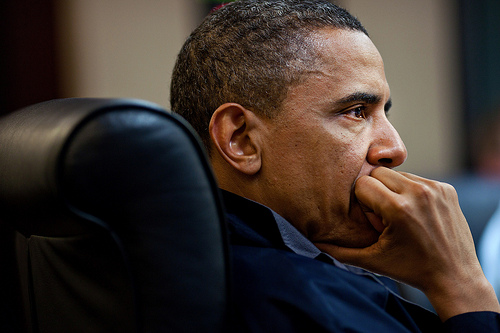Fast (System 1) and Slow (System 2) thinking
In this CBS video, cognitive psychologist and Nobel laureate Daniel Kahneman talks about when it’s best to think fast (using your instinct or intuition) and when to think slowly (using your analytic ability and reasoning). He calls the fast mode of thinking ‘System 1’ and the slow mode ‘System 2’. Working memory underpins System 2 thinking – enabling us to maintain and process short term information while thinking something through on our mental ‘scratchpad’.
Kahneman is asked: When is it not alright to think ‘fast’ and follow your gut instinct?
Answer according to Kahnemann:
When the states are high and the situation is novel – you are not alright
And sometimes we base our decisions on gut instincts rooted in strong emotions and the force of the emotions can distort our judgement. The example Kahneman gives is:
Are you more afraid of being killed by a terrorist or of dying?
Most people say they are more afraid of being killed by a terrorist. And because of the emotional charge associated with terrorism, individuals may actually pay more for insurance against being killed by a terrorist when travelling abroad, than they will pay for general life insurance.
Of course this is irrational. It is far, far more likely that a person will die of a car crash or a heart condition on holiday than be killed by a terrorist, more or less anywhere. But System 1 ‘fast thinking’ leads us to make choices like this. And Insurance companies can play on this kind of ‘System 1’ thinking! In such cases, it is important to gather appropriate data and reason it through – to use System 2 thinking.
President Bush, Kahneman argues, is a ‘fast thinker’. He prided himself on his quick, decisive decisions (remember ‘Decision Points’?). Bush follows his gut. President Obama, he says, is a ‘slow thinker’ – someone who reasons things through, weighing up different sides to an issue consciously before arriving at a decision. He doesn’t rely on his gut as much. Kahneman argues that this may in fact be unappealing to the general public who want to see rapidity and confidence.

But who could disagree with the the CBS host, who suggested that what the general public want is making the right decision!
Improving System 1 ‘fast’ thinking
We have covered the idea of developing intuition in previous blogs such as this one on how chess world champion Magnus Carlson improves his gut instinct and intuition. Essentially it depends on experience and – critically – learning from mistakes.
Improving System 2 ‘slow’ thinking
Training working memory (e.g. using HighIQPro) improves System 2, conscious/analytic/rational thinking. It does this by effectively increasing the capacity/size of the mental scratch pad that we use while thinking something through in making a decision or solving a problem. Training working memory can also help us suppress, automatic emotionally driven responses, letting our reasoning guide our actions rather than our gut.

